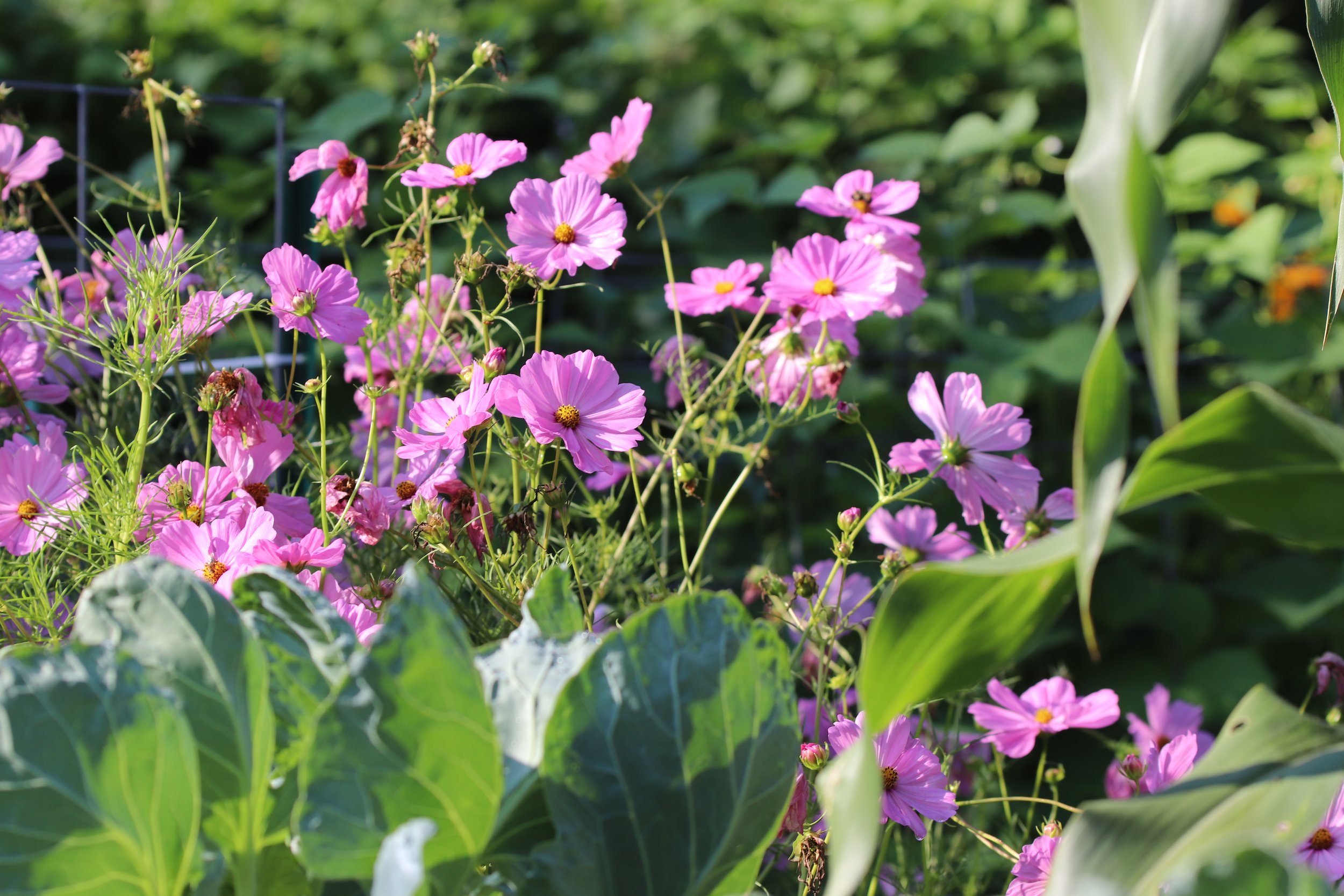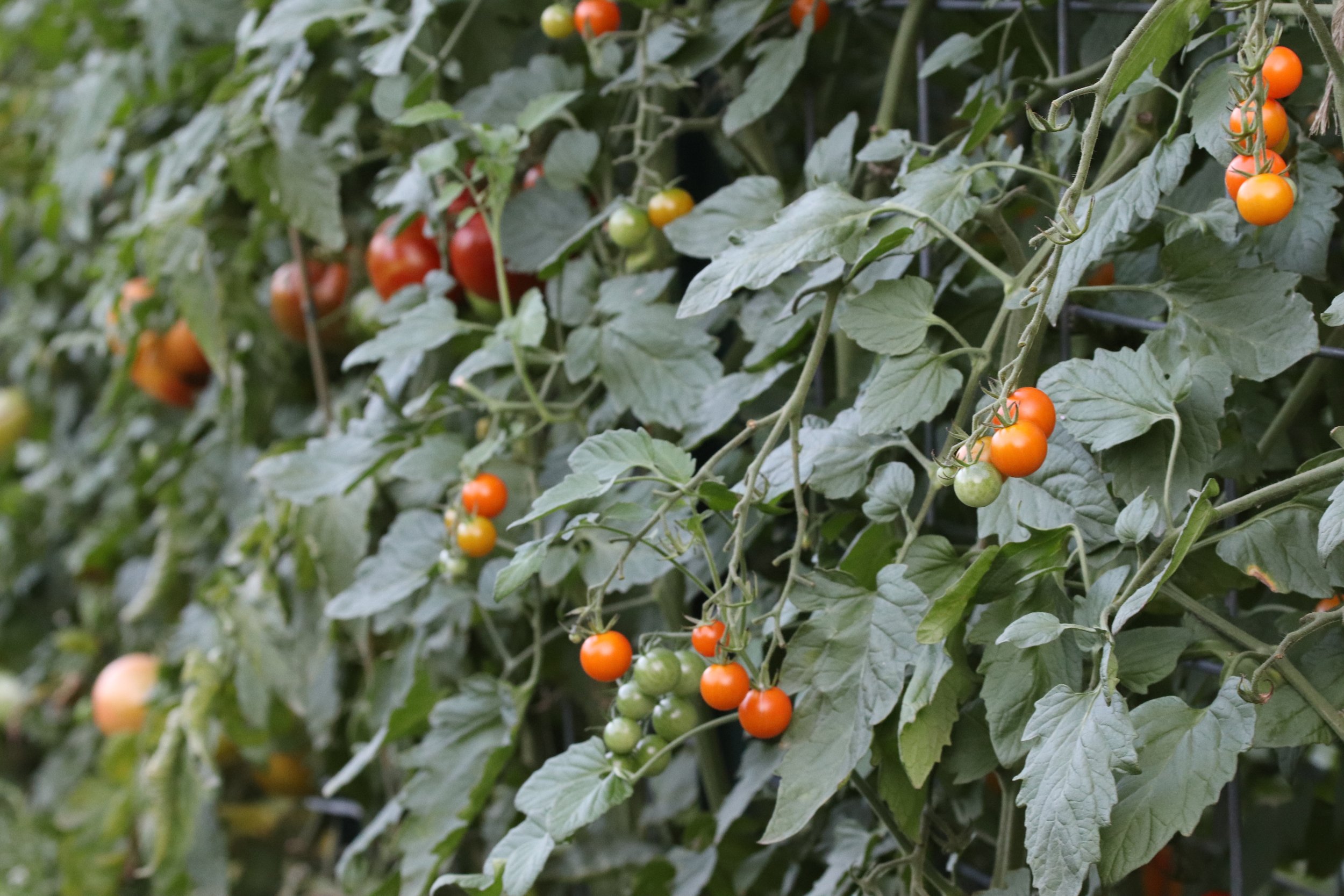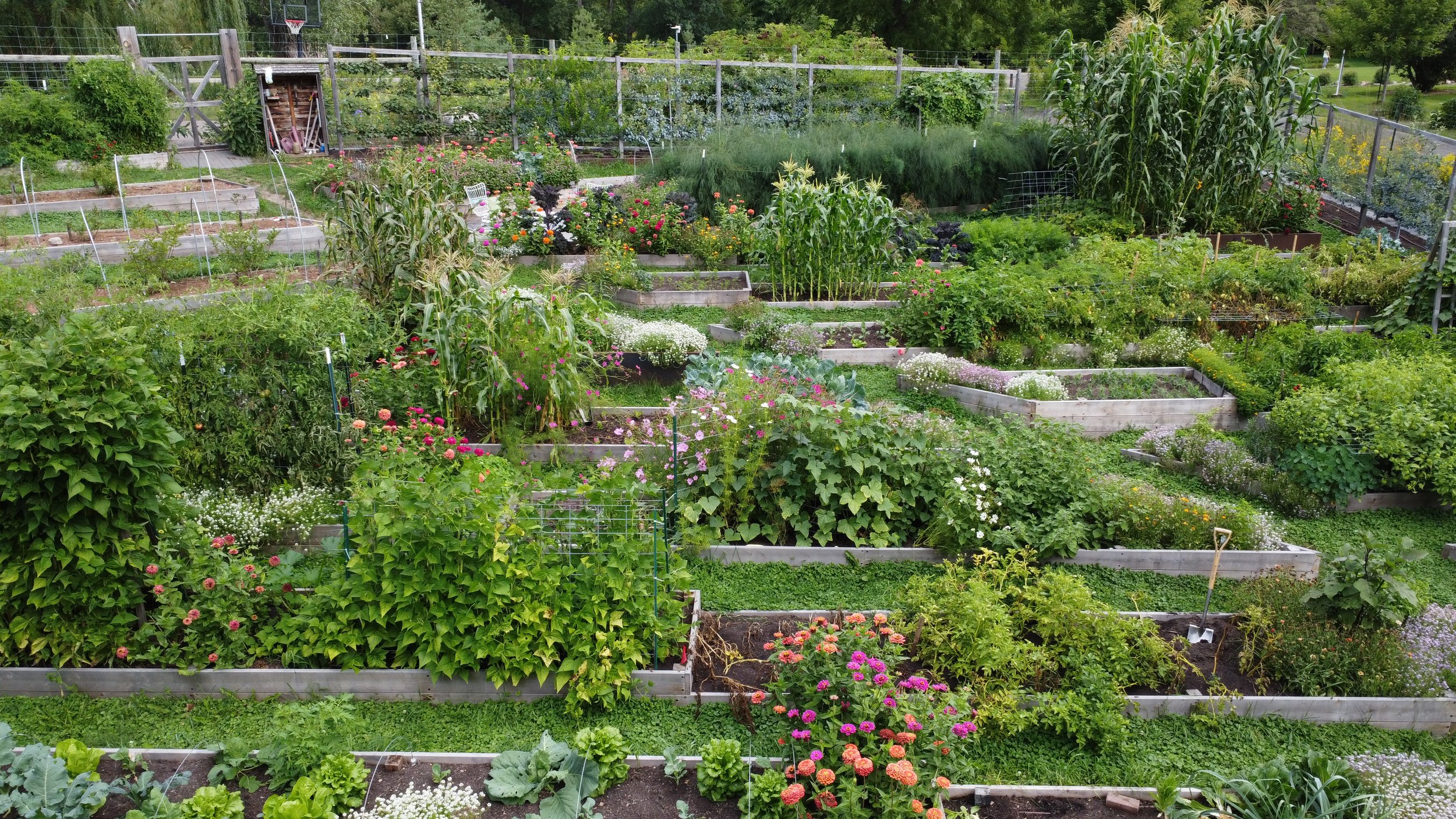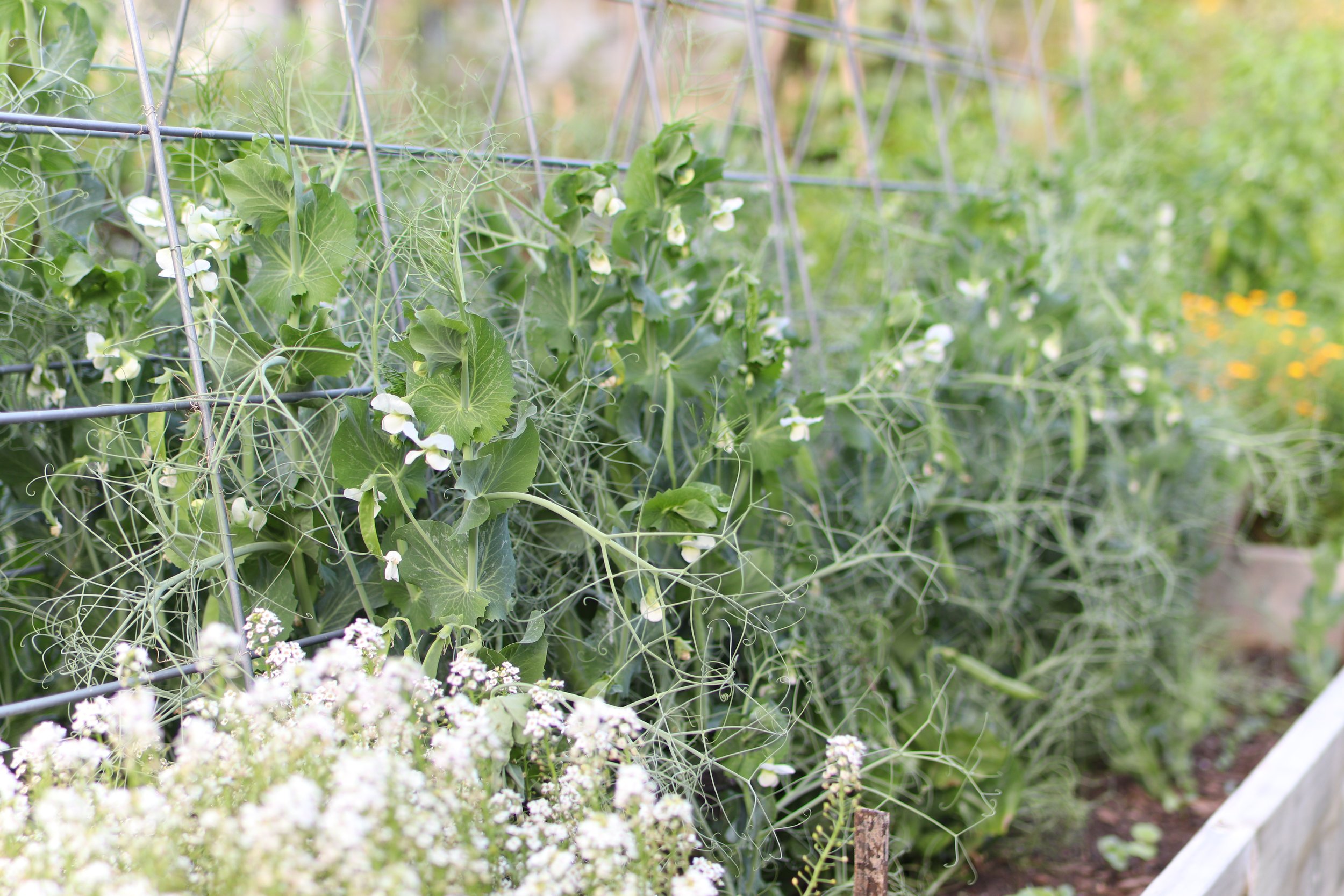The Best of 2022
I still absolutely love to take photographs, to look at composition of other garden photographs, and to be afforded the peace and quiet of taking in nature through still photography. Dare I say it’s a senescing artform, but I really hope I’m wrong.
As you may know, last year I made a concerted effort to really think about my relationship with social media and particularly the direction it had taken over the past few years. While I post less often and don’t enjoy creating or consuming flashy videos, the mental wear of the current state of social media pressures has not waned despite my diminished time on the platform. It has, however, dropped my overall community engagement, which is an odd beast given I now have a book to sell. So my hands are tied to social media while my heart knows it’s not the best way for my own being to live authentically.
So, I offer this post to you as a way for me to cultivate my creativity in a form that feels authentic and uncontrived. These are all images that would not get traction online, would likely be suppressed by computer algorithms that determine what your eyes are fed when you are scrolling. It does feel like life is out of control these days because when we perform to please a computer, we have given up a large portion of our creativity and our control too, the control of seeing what we want to see.
And that is something I will continue to fight against. I’m thinking this year I’ll do more of these posts, coming to you via email, rather than having you have to find me amid the barrage of loud video clips. Enjoy!
A cross section of our garden from the little patio down across our new expanded garden including our bean tunnel, this scene is always one I study every day of the growing season. I love watching how my carefully planned flowers and planting blocks come into succession, either with great delight or with disappointment that my plans come to fruition how I’d envisioned they would.
My most delightful interplanting experiment last spring was this beauty. I decided to tuck our spring onions in between my red and savoy cabbages. I’m not a garden designer and have zero formal training in how to plan and plant landscapes but this, this was more than something. Pairing the rounded short leaves of the cabbages with these spiky interludes. This is definitely a plant pairing for the ages in my home garden.
What I love about this image is the sharp morning sun lighting up the interplanted cosmos. The foliage you see around it is the row to its north (brussels sprouts) and the corn further north of that in the triangle bed, a nod to the physical and temporal layers I consciously place around the garden. Then there’s the hint of more color in the far right, about 2 rows to its south, at the end of the tomato bed and the now completely enshrined bean tunnel which fills in the frame in the background. These scenes are really what I dream up this time of year, how I will play with height, shape, and color across the garden and in particular through all my diagonal views.
We had an incredible year of tomatoes in the garden, and I attest it largely to our devastating drought. Nary a sign of fungal pressure until very late in the season. Even the disease-prone sungolds thrived. It was a colorful, delicious, and bountiful summer. An early frost sadly took them out, but I did manage to make use of green tomatoes and whipped up some green tomato enchilada sauce, a recipe now available in my Modern Garden Guild. It was an excellent alternative to tomatillo-based enchilada sauce and perhaps a perfect use of an early frost, ever.
In 2021, I lamented the complete lack of color on the west side of the garden. And in 2022, I definitely remedied that by repeating my Benary’s zinnia diagonally in each row from the little patio down to the bean tunnel. What I love about this photo is how the yellow squash, truly the only way I permit yellow in my garden is via mature fruits such as this, completely marries with this living bouquet of zinnia and just how happily they are growing together. I will be slowly adding even more living bouquets of zinnia to the garden this year to try to bring even more color to every single possible angle in the garden.
Fall vibes in the garden. The last season sun is slumped behind the crouching walnut trees to our southwest. The July planted shelling peas are plumping up on their trellis on the left hand side of the frame. And the Rosie O Day and Sweet Alyssum are doing their lay summer thing, cascading joyfully out of the beds and into the paths, all but erasing the hard lines of the garden beds, softening the landscape just like the sunlight this time of year, reminding us that our days are growing shorter quickly and soon this will be a monochromatic palette with definite geometry once again as we make our way into our long winter’s nap.
This three-in-a-row cattle panel arbor/tunnel leading out to the west into our backyard is a dream come late August when the Speckled Cranberry pole beans (aka Borlotti beans) are coming into their glory. I *may* have overseeded them a bit, as the dense foliage choked out any hope of a ground cover below, though with that lack of rain it wasn’t a muddy mess at all. I’ll aim for 2” bean spacing this year instead of anything closer than that. You may be noticing a color theme in my garden. Give me all shades of pink, please and thank you.
This really illustrates my goal of bringing more color into the west side of the garden this year, and if you’re able to maneuver previous images you can sort of understand some of the angles shared above. Also of note is our mammoth flour corn in the top right, a veritable wonder that was this Onaveña dry corn variety from Native Seed/Search. It was very late to tassle as it’s meant to grow in lower latitudes, but we did harvest a great deal of corn from it that we’ve started to grind for cornmeal. You can also start to see the plants fraying at the edges, disease and the weight of their flowers and efforts starting to thrust them literally back to the earth.
I can date my garden photos by the gaps in the landscape. That was our spring peas and second succession of kohlrabi and bok choy.And the onions in the foreground are still standing tall and I’ve only got some trusses of sungolds ripening, which means this is mid-July. The way the zinnia come into season by July always amazes me (I indoor sow them four weeks before transplanting.)
Like the alyssum is to the main path, I decided to give a massing of nasturtiums a try on the east and west edges of the garden. These paths are pretty wide, and the lush, mounded foliage filled in beautifully. The only question I’m asking myself is does it work better to have a variety of types of nasturtium (foliage and color) or would it be more impactful as one giant massing of the same color.
The obligatory summer harvest capture. This post wouldn’t be complete without one of these. I take many of these, almost once a week if I have the luxury of 2 hours post harvest to clean, arrange and play with our food though honestly it’s a train wreck for family life. But they are another way to monitor and reflect on the success of our succession planting each year. I know what’s in season when with these harvest captures, and can recalibrate quantities of square footage for different crops based on the abundance or absence of produce at any given time in the season.
Last but certainly not least is the mind-bending marathon of succession planting. It is the foundation of my garden’s beauty and productivity, and it’s photos like this early September flush of fall peas that reminds me that how I choose to garden and all the efforts I give to our space in the intense summer months is worth every last pea I shell. We grow so much of our own food that it’s captures like this that remind me just how impressive and rewarding food gardening is.
I hope you’ve enjoyed these photos, and I look forward to posting more like this in the coming year, and moving more of my content off social media and onto my website.












